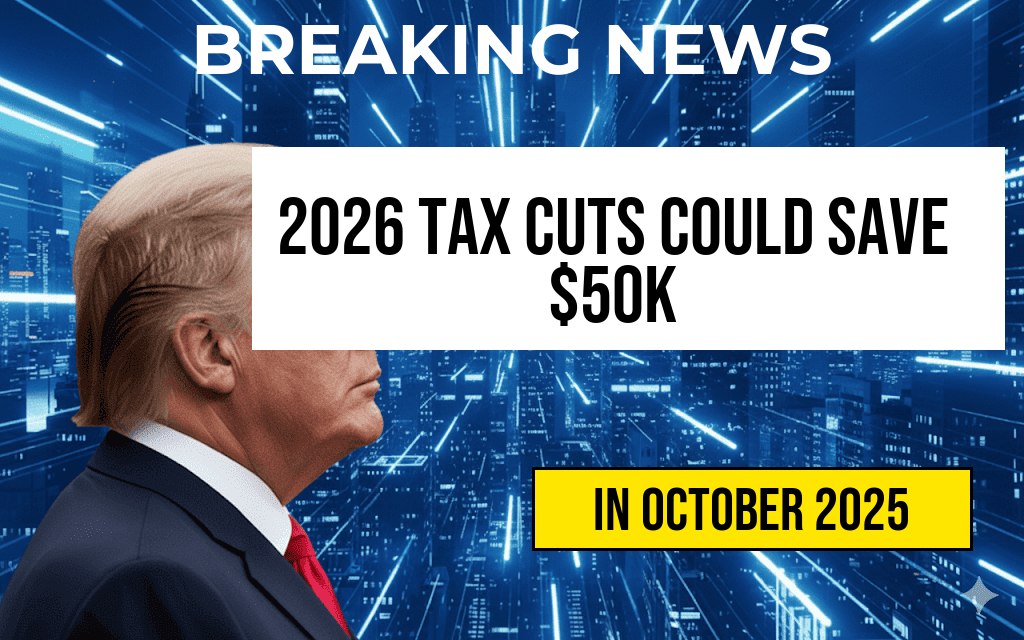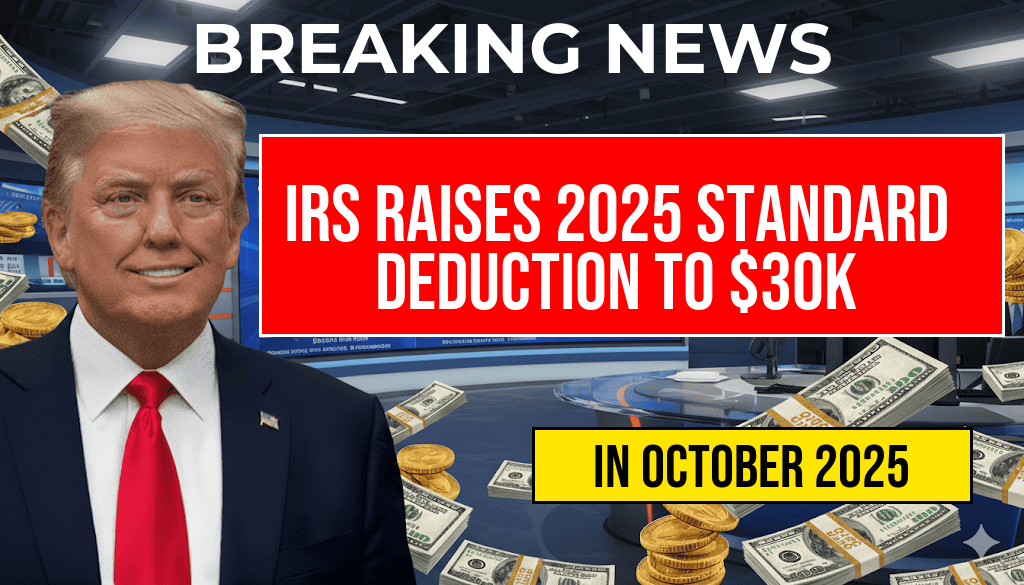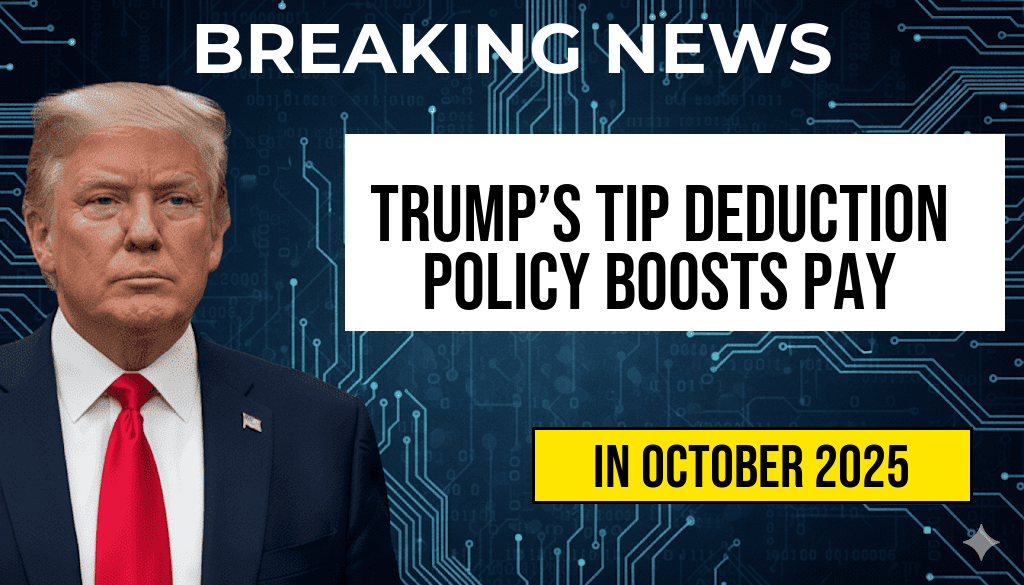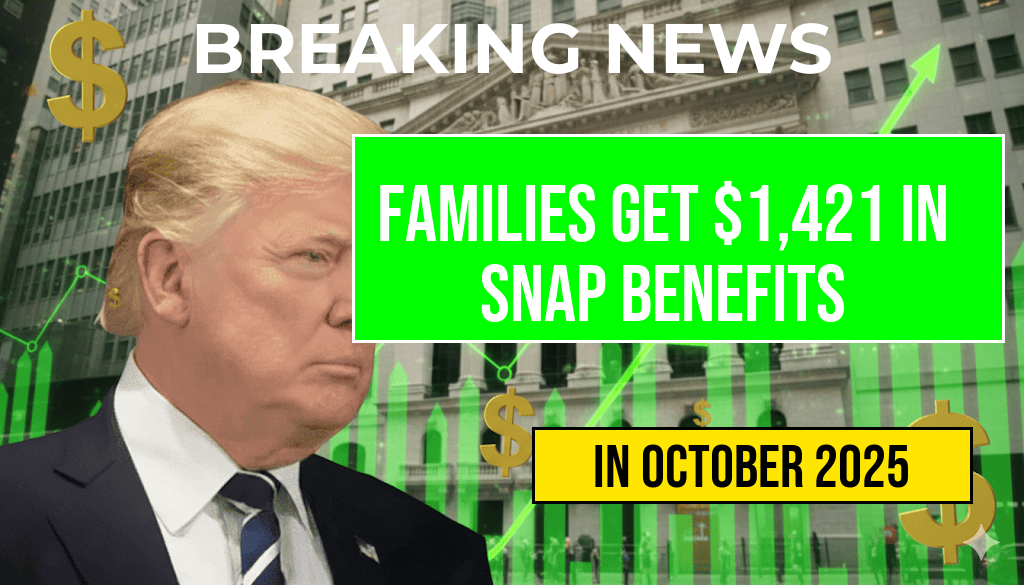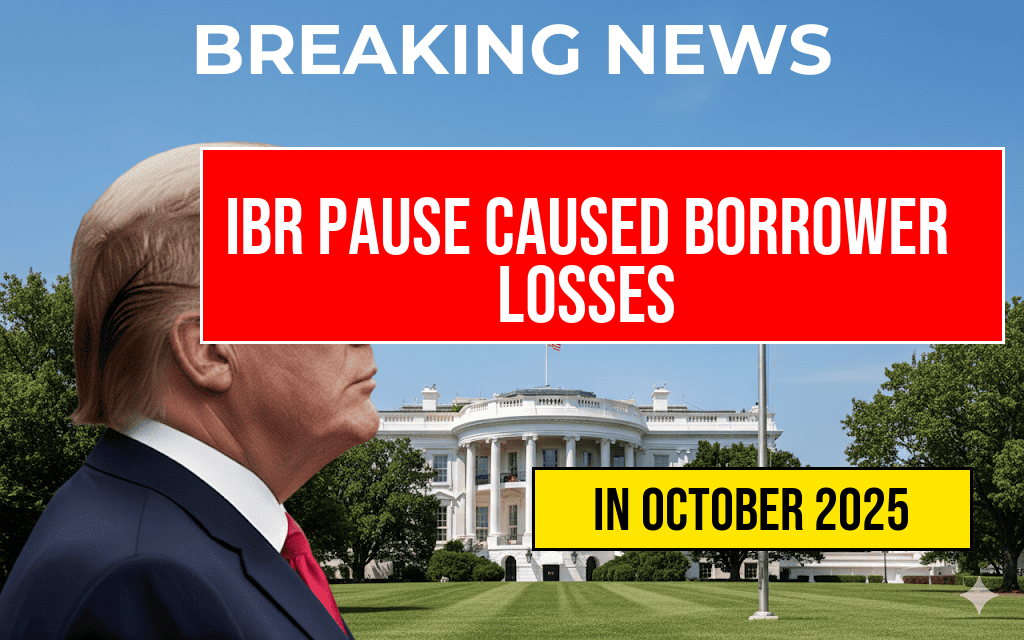The upcoming 2026 federal tax brackets could significantly alter the tax landscape for middle-income earners, particularly those around the $50,000 annual income mark. Proposed adjustments to tax rates suggest a potential reduction in the top federal income tax rate from its current levels to approximately 12%, offering substantial savings for many taxpayers. For a typical earner in this bracket, this shift could translate into hundreds of dollars retained annually—money that could be redirected toward savings, debt repayment, or other financial goals. As policymakers debate the details of these reforms, analyzing the projected impacts reveals potential for increased disposable income and a reshaping of the tax burden across various income groups.
Projected Changes in Federal Tax Rates for 2026
According to recent tax reform proposals and analyses from fiscal policy experts, the federal income tax structure is expected to undergo notable adjustments by the year 2026. The most significant change is the anticipated reduction of the top income tax rate from its current level, which can reach as high as 37% for high earners, down to approximately 12% for middle-income brackets. This adjustment aims to simplify the tax system, promote economic growth, and provide relief to everyday taxpayers.
Key Features of the Proposed Tax Bracket Adjustments
- Top federal income tax rate reduced from 37% to approximately 12% for qualifying income levels
- Income thresholds adjusted to reflect inflation and economic growth, potentially benefiting earners around the $50,000 mark
- Standard deduction and personal exemption adjustments to increase disposable income
- Elimination of certain deductions and credits to streamline the filing process and prevent loopholes
While the precise income brackets are still subject to legislative approval, early estimates indicate that taxpayers earning around $50,000 annually could see their effective tax rate fall considerably, saving them hundreds of dollars per year.
Impact on Middle-Income Earners
For a taxpayer earning approximately $50,000 annually, the shift to a 12% top rate could result in tangible financial benefits. Currently, the marginal tax rate for such an individual may be higher once federal, state, and payroll taxes are combined. The proposed federal reduction could mean a decrease in federal tax liability by several hundred dollars, depending on deductions and filing status.
Sample Tax Savings Calculation
| Scenario | Tax Rate | Estimated Federal Tax |
|---|---|---|
| Current Federal Tax (approximate) | 22% | $11,000 |
| Projected Federal Tax (2026) | 12% | $6,000 |
In this simplified illustration, the individual could see a reduction of approximately $5,000 in federal taxes. Actual savings depend on deductions, credits, and state taxes, but the trend points toward increased take-home pay.
Broader Economic Implications
Lower tax rates for middle-income earners not only enhance individual financial stability but could also stimulate economic activity. Increased disposable income may lead to higher consumer spending, which in turn can benefit local businesses and the broader economy. Some economists argue that reducing the tax burden on the middle class strengthens the foundational consumer base that drives economic growth.
Conversely, critics contend that such tax cuts could lead to increased federal deficits unless offset by spending reforms or economic expansion. The Congressional Budget Office (CBO) and other fiscal watchdogs are closely analyzing the potential impacts, emphasizing the importance of balancing tax relief with fiscal responsibility (CBO details).
Legislative Outlook and Public Response
The proposed 2026 tax reforms are currently in discussion within Congress, with bipartisan debates focusing on fairness, economic growth, and deficit implications. Lawmakers from both parties recognize the potential benefits of easing the tax burden on middle-income households, but disagreements persist over how to fund the resulting revenue shortfall and whether to include broader tax reforms.
Public opinion surveys indicate strong support among middle-class voters for lower taxes, especially if the savings are tangible and straightforward. However, some advocates for higher taxes on the wealthy warn that such reforms could exacerbate income inequality and strain federal resources.
Looking Ahead
While legislative pathways remain uncertain, the anticipated adjustments to tax brackets for 2026 represent a significant shift in U.S. fiscal policy. For a typical American earning around $50,000 annually, these changes could mean hundreds of dollars in increased take-home pay, providing a welcome boost to household finances. As the details unfold, taxpayers and financial advisors alike are advised to stay informed about the evolving landscape to optimize their tax planning strategies.
For further insights on tax policy and future proposals, reputable sources like Forbes and Wikipedia’s article on U.S. taxation offer comprehensive analyses.
Frequently Asked Questions
What are the projected changes to the 2026 tax brackets?
The 2026 tax brackets are expected to be adjusted, with the top rate dropping to 12%, potentially providing significant savings for earners, especially those making around $50,000.
How will the new tax brackets impact a $50,000 earner?
For a $50,000 earner, the projected tax rate reduction could mean saving hundreds in taxes annually, thereby boosting real income and increasing disposable earnings.
When will these changes to the tax brackets take effect?
The projected tax bracket adjustments are expected to be implemented by 2026, following legislative approval and official updates to the tax code.
What are the benefits of the top tax rate dropping to 12%?
The lower top rate will reduce the overall tax burden for many middle-income earners, leading to greater financial flexibility and potential savings on taxes owed each year.
Are there any other tax changes expected alongside the new brackets?
While the main focus is on the top rate dropping to 12%, other adjustments are anticipated to broaden tax benefits and simplify the tax code, further aiding taxpayers in 2026.

